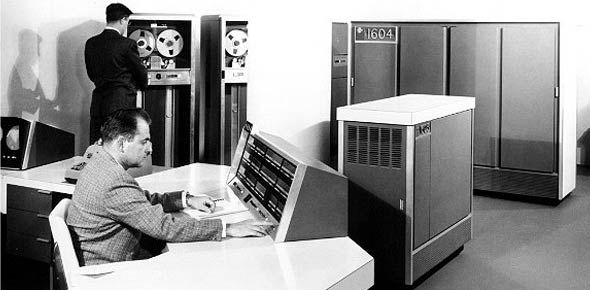When multiple source refueling, if multiple refueling units are...
When documenting a cryogenic product issue to a liquid oxygen (LOX)...
During multiple source refueling, what action, if any, should be taken...
While performing expediter duties, what action must you take if you...
How often should the sump tank on the R–19 filter separator unit...
How often should hot refueling personnel undergo certification for hot...
Type III, IV and V hydrant systems will be flushed at least
When performing a hydrant flushing operation, ensure the loop is...
When preparing to issue liquid nitrogen (LIN), what action, if any,...
When is a rapid defuel operation considered a hot defuel?
What action, if any, should be taken if a commercial delivery operator...
Which condition does not require replacement of filter elements on the...
Concurrent servicing operations supporting sortie generation...
What is the simplest and most expedient method of fuel resupply when...
Which of the following cryotainer valves should be in the open...
Who is responsible for developing an operating instruction (OI) to...
Which of the following operations requires a fuels expediter be used?
Which step should be taken if a liquid oxygen (LOX) cart fails an odor...
Who is responsible for controlling and monitoring all concurrent...
What component of a unit type code (UTC) defines the basic mission the...
Each R–20 multi-aircraft servicing platform is equipped with how...
Approximately what size sample should be taken for an odor test?
When documenting a cryogenic product issue to a liquid oxygen (LOX)...
What pressure should the surge suppressor gauge on the R–20...
When documenting a cryogenic product receipt on the DLA Form 2046,...
Who may approve deviations from hot refueling policies when combat or...
Who is responsible for on-site supervision during all aspects of a...
When preparing to issue liquid oxygen (LOX), what action, if any,...
How many fillstand assemblies are included in the Fuels Operational...
What is the proper tire pressure setting for the R–18 pumping...
During concurrent servicing of cargo or passenger aircraft, deplaning...
During in-shelter refueling with the aircraft entry doors closed, fuel...
When obtaining quantity readings with the automated tank gauge (ATG)...
Approximately how long will the nitrogen supply last when an automated...
When performing a periodic cryotainer inspection, which items listed...
Before beginning a liquid oxygen (LOX) receipt, ensure the commercial...
When configuring an Automated Point of Sale Device (APOSD) user...
When performing rapid defueling operations into fuel servicing...
Crew members conducting in-shelter refueling with the aircraft entry...
When performing off load operations with the Fuels Operational...
Who ensures tools and precision measurement equipment assigned to...
What is the maximum number of gallons an Aerial Bulk Fuel Delivery...
What type of hose should be used on the discharge side of the...
Which aircraft does not require a hot brake check before entering the...
When reconstituting Fuels Operational Readiness Capability Equipment...
What organization normally provides management of overland petroleum...
When selecting a site for bladder operations, the site should have...
What software database is used to identify a unit type code's (UTC)...
What symbol should you enter on the AFTO Form 244/245 if a routine...
At a minimum, how often should the R–18 pumping unit oil filter...
The Vehicle Maintenance Flight Materiel Control section point of...
When performing fuel servicing operations with an R–18 pumping...
When setting up the communication panel on an R–18, what action...
When preparing an R–18 for shipment, dispose of all drained fuel...
When performing fuels mobility site planning, what organization should...
To what pressure range should source tank pressure be set for...
When configuring an Automated Point of Sale Device (APOSD) truck...
When performing transfer operations with an R–18 pumping unit,...
The micronic filter elements on the R–20multi-aircraft servicing...
What organization is responsible for the procurement of fuel at...
When performing fuel servicing operations with an...
With which of the following alternate fuels should special precautions...
















